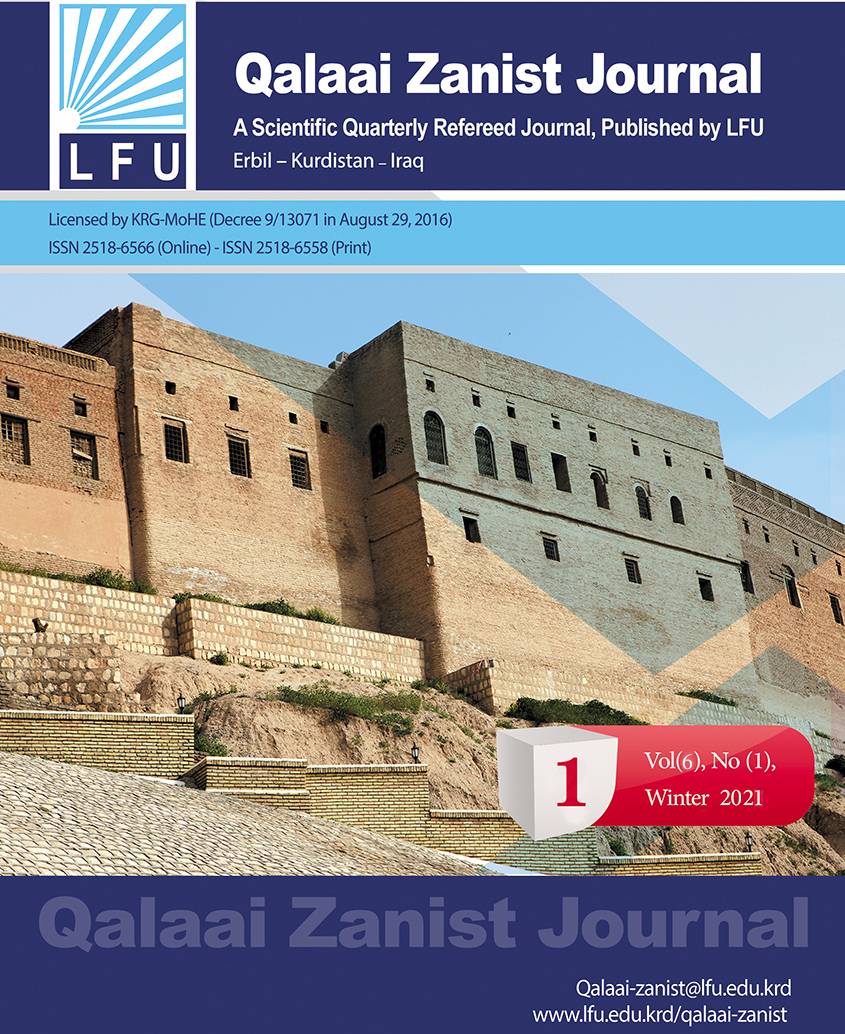The Obstacles Facing the Privatization of Manufacturing Industries and Economic Reform in Kurdistan Region/Iraq
##plugins.themes.bootstrap3.article.main##
Abstract
The development period pre-2003 is characterized by a lack of resources especially financial resources. In contrast after 2003, the economy has rapidly been modernized by the inflow of oil revenues and the promotion of private sector, capital investment and FDI development and privatisation. Government market intervention is minimal, and the economy has become open, liberal and the private sector has operated effectively. The inflation and wages increased and the corruption expansion have deteriorated the competitiveness and development of local industrial production.
Meanwhile, in order to increase the possibility of success in the implementation of new law of investment (No.4 in 2006) in Kurdistan Region (KR), it should be focused on the investment of infrastructure in KR. However, here raise some questions, has KR a relatively suitable investment climate for privatization in accordance with legal and constitutional safeguards?
In plus, the public manufacturing industries was loser and it did not work any treatment only disposal through sale, due to a complex bureaucratic which includes many of the laws, legislation and instruction, and many of the administrative constraints. That prevent the advancement opportunities and suppress quick response, losing of the property of sustainability, and the governmental administration economically/ financially, particularly time and effort wasting, and the administrations in public plants have been addicting in supporting, particularly on international subsidies and protection. So, are there economic reform in KR?
Downloads
##plugins.themes.bootstrap3.article.details##
How to Cite

This work is licensed under a Creative Commons Attribution-NonCommercial-ShareAlike 4.0 International License.
Qalaai Zanist Journal allows the author to retain the copyright in their articles. Articles are instead made available under a Creative Commons license to allow others to freely access, copy and use research provided the author is correctly attributed.
Creative Commons is a licensing scheme that allows authors to license their work so that others may re-use it without having to contact them for permission





